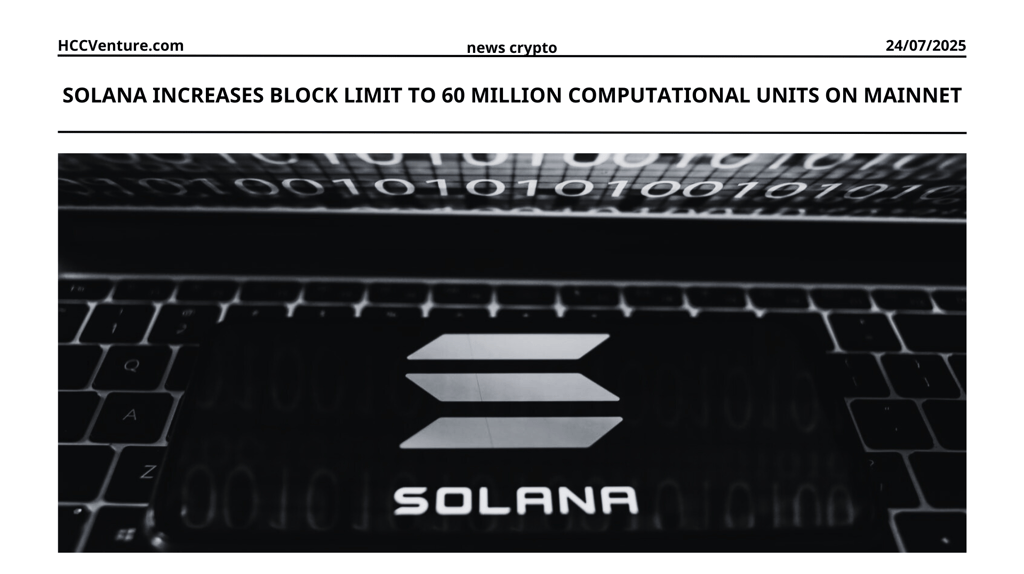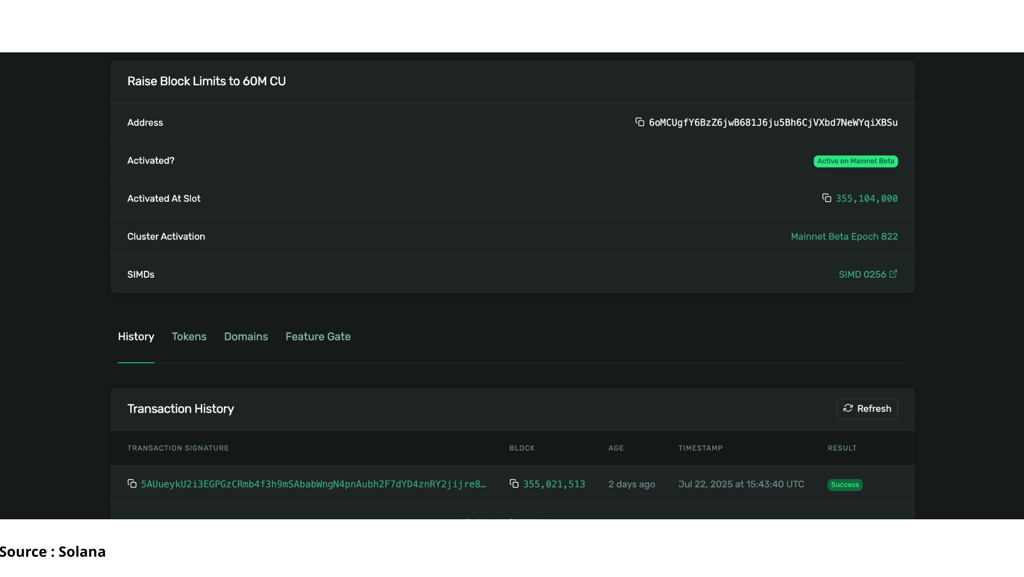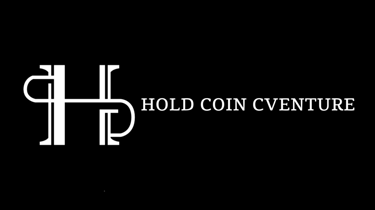Solana Increases Block Limit to 60 Million Units on Mainnet
Solana has activated a block limit upgrade to 60 million CU on its mainnet beta, aimed at improving performance and supporting its booming ecosystem. This upgrade could bring Solana closer to its goal of becoming an “Ethereum Killer” if it can overcome the risks ahead.
7/24/20253 min read


Overview of the new phase of Solana
Solana, a leading Layer-1 blockchain, is a direct competitor to Ethereum in areas such as GameFi, decentralized finance (DeFi), decentralized applications (DApps), NFTs, and decentralized finance (DeFi). Solana has attracted the attention of major projects such as Serum, Raydium, and Magic Eden. It is capable of processing tens of thousands of transactions per second, outperforming many other blockchains, thanks to its unique consensus mechanism that combines Proof-of-History (PoH) and Proof-of-Stake (PoS).
Solana, launched by Anatoly Yakovenko in March 2020, has built a strong community with over 70 million active wallets as of June 2025, according to data from Solana Explorer. The block limit was raised by Solana to 60 million computational units (CU) from the previous level at 02:36 AM on July 24, 2025. The move aims to address previous network congestion issues, optimize performance, and support sustainable development of the rapidly growing environment.
60 Million Compute Units Upgrade
The event began with the deployment of the upgrade at slot 355,104,000, corresponding to epoch 822 on the beta mainnet. It was activated two days earlier, at 15:43:40 UTC on July 22, 2020. The address involved, 6oMCugfY6BzZjwB68116ju5Bh6CjVxbD7eWqYjXBSu, was successfully activated, marking the start of a new phase, according to data from the Solana upgrade management interface. The upgrade raises the block limit from approximately 48.67 million CU to 60 million CU. This allows each block to handle more complex transactions, especially those related to on-chain programs, smart contracts, and resource-intensive applications like GameFi.


No critical bugs were reported during the process, with the first transaction recorded at 355,021,513. The SIMD 0256 feature, an improvement for parallel processing performance and hardware optimization, was implemented simultaneously. It allows the processing network to accept more transactions without affecting the speed. To address network outages in 2021 and 2022, Solana has implemented several small upgrades in the past, which are considered a strategic move to prove the reliability of the network.
Impacts on the Solana ecosystem
Increasing the block limit to 60 million CUs brings several important benefits. First, it allows Solana to increase its throughput to nearly 65,000 transactions per second (up from 50,000 TPS previously), strengthening its competitive position with Ethereum (15-30 TPS) and other blockchains like BNB Chain (1,500 TPS). This is especially important as the Solana ecosystem is booming, with the value locked (TVL) in DeFi reaching $5.2 billion by July 2025, according to DefiLlama. Projects like Magic Eden (the largest NFT marketplace on Solana) and Orca (a decentralized exchange) will benefit from faster transaction processing, reducing fees from 0.00025 SOL (about $0.04) to 0.0002 SOL (about $0.03), attracting more users and developers.
Despite its many benefits, this upgrade is not without risks. First, increasing the block limit could increase the hardware requirements for validators, especially small nodes with low configurations. If not upgraded in time, this could lead to network fragmentation or outages, as happened in September 2021 when the network went offline for 17 hours due to heavy load. Second, operating costs for validators could increase, with electricity and hardware costs estimated to increase by 15-20% over the next 6 months, causing some small operators to leave, leading to the concentration of power in large organizations such as FTX Ventures or Multicoin Capital.
Conclusion
Solana needs to optimize network performance, support small validators, and implement robust security measures to deal with potential attacks. Fierce competition from emerging blockchains and the pressure to maintain reliability also require the Solana team to continue innovating, such as implementing more Layer-2 solutions or improving PoH. With the community expecting and the market watching closely, this upgrade could bring Solana closer to its goal of becoming an “Ethereum Killer” if it can overcome the risks ahead, but it could also become a lesson if it is not managed well.
Disclaimer: The information presented in this article is the author's personal opinion on the cryptocurrency field. It is not intended to be financial or investment advice. Any investment decision should be based on careful consideration of your personal portfolio and risk tolerance. The views expressed in the article do not represent the official position of the platform. We recommend that readers conduct their own research and consult with a professional before making any investment decisions.
Compiled and analyzed by HCCVenture
Join HCCVenture here: https://linktr.ee/holdcoincventure
See more latest information :
Explore HCCVenture group
HCCVenture © 2023. All rights reserved.


Connect with us
Popular content
Contact to us
E-mail : holdcoincventure_contact@hccventure.com
Register : https://linktr.ee/holdcoincventure
Disclaimer: The information on this website is for informational purposes only and should not be considered investment advice. We are not responsible for any risks or losses arising from investment decisions based on the content here.


TERMS AND CONDITIONS • CUSTOMER PROTECTION POLICY
ANALYTICAL AND NEWS CONTENT IS COMPILED AND PROVIDED BY EXPERTS IN THE FIELD OF DIGITAL FINANCE AND BLOCKCHAIN BELONGING TO HCCVENTURE ORGANIZATION, INCLUDING OWNERSHIP OF THE CONTENT.
RESPONSIBLE FOR MANAGING ALL CONTENT AND ANALYSIS: HCCVENTURE FOUNDER - TRUONG MINH HUY
Read warnings about scams and phishing emails — REPORT A PROBLEM WITH OUR SITE.
